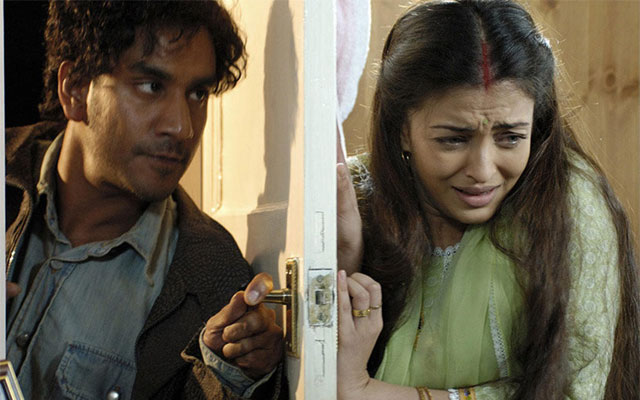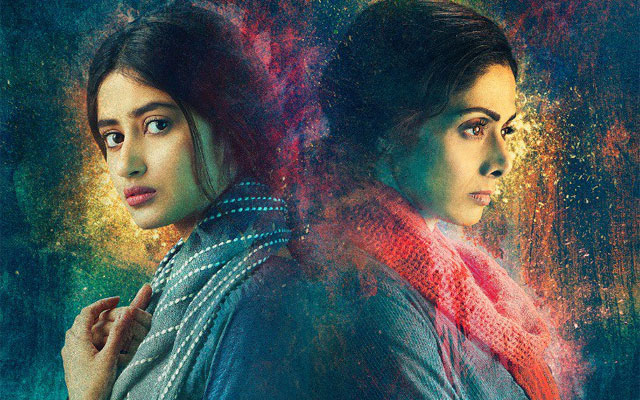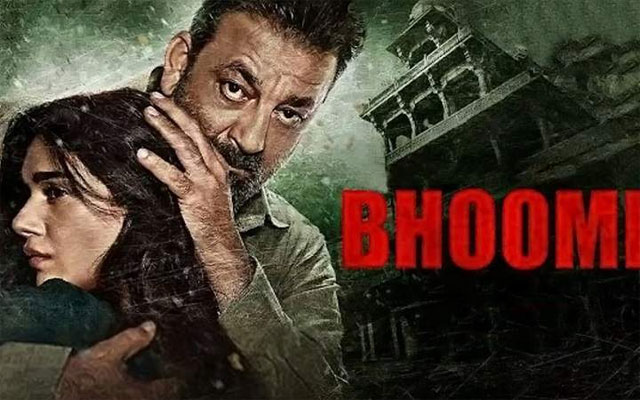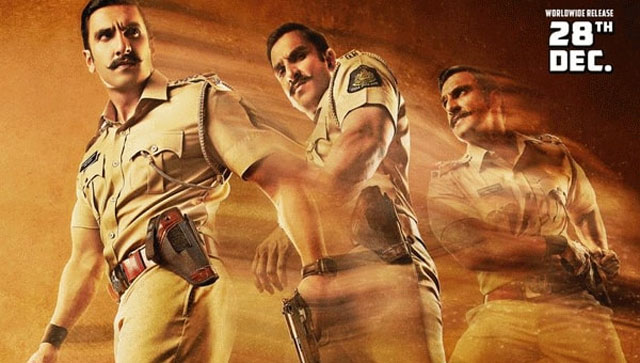From Aishwarya Rai’s Provoked to Sridevi’s Mom; here's cinema’s tryst with portraying rape
Cinema in any language, has dabbled with the horrific reality of rape, the aching aftermath, and the shocking shame it carries along. Films like Mom, Provoked, and more recently Siya, deal with it.
)
In Provoked, Aishwarya Rai Bachchan plays a Punjabi housewife for whom, marital life seems to be a bliss, until it begins to transform into blisters. Physical abuse are hurled, followed by mental torture. Rape here is psychological and emotional. The body has been victimized, the soul has been scarred for life. This isn’t the 80s, there’s no room for apology, it’s followed by the husband’s death, which was a well-deserved murder.
)
Hrithik Roshan and Yami Gautam’s Kaabil was a film about two imperfect, impaired people that discover life and love beyond their handicap. They are never reduced to being caricatures that must be pitied. One incident makes us do so. The girl is raped twice that leads to her suicide. The man seeks revenge. Again, thank god this isn’t the 80s.
)
Sridevi’s solid persona could elevate anything she signed up for. In Mom, she too suffers from the same scar the aforementioned protagonists did. This time, it was a daughter who was raped and the mother took charge. The friction between the two vanished the moment the second track of the story began. The last perpetrator is killed in what is surprisingly a tender moment in the film, where the daughter finally says ‘Mom’. The heart is wrenched and the job is done.
)
This was that rare Luv Ranjan film where the man was the villain and the woman was wronged. This narrates the tale of two people whose names form the title of the film. Vaani is married off to a man who turns out to be a monster in bed, the dining table, and everywhere else. The film dealt with the theme of marital rape and showed how forcing someone into marriage can ruin their lives, and crumble them.
)
2017 was truly the year of rape-revenge dramas. We had Kaabil, Maatr, Mom, and then Bhoomi. Here too, the subject was the same, the fate was the same, and so was the aftermath. The sameness in the narratives made it difficult to feel empathy after a point, it was overpowered by emptiness.
)
In Section 375, Ajay Bahl never allows or permits the audiences to crack who’s wrong and who has been wronged. There are two versions by two people on the opposite sides. By the end, we sense what transpired for the victim was not rape but not less than the heinous sin either. It all happened psychologically, from the man who’s dismissed by his own lawyer as someone who’s not a good man. The film ends and we continue thinking who was right and who was wrong.
)
By Simmba’s time, Hindi cinema had used rape as a device to awaken someone’s conscience way too many times. Here, our hero, who at first seems to be an anti-hero, is a loutish, lethargic, loathsome yet likable cop who suddenly gets possessed by the spirit of Singham (metaphorically, of course) to punish the culprits who raped and killed an innocent girl. Rape here, however, was reduced merely to a tool to transform a villain into a hero for catcalls and commerce.
)
Arjun Kapoor and Parineeti Chopra were at their volcanic best in their Hindi film debut Ishaqzaade. This was Romeo and Juliet on steroids, and sex. The heirs of two warring families are drawn to each other and there’s sexual embracement too. The love, till the interval, is one-sided. Sex was only a tool of revenge for the hero all along. And since this is Romeo and Juliet, a forgiveness follows and love blooms both sides. But then, death had to strike.


)
)
)
)
)
)
)
)



